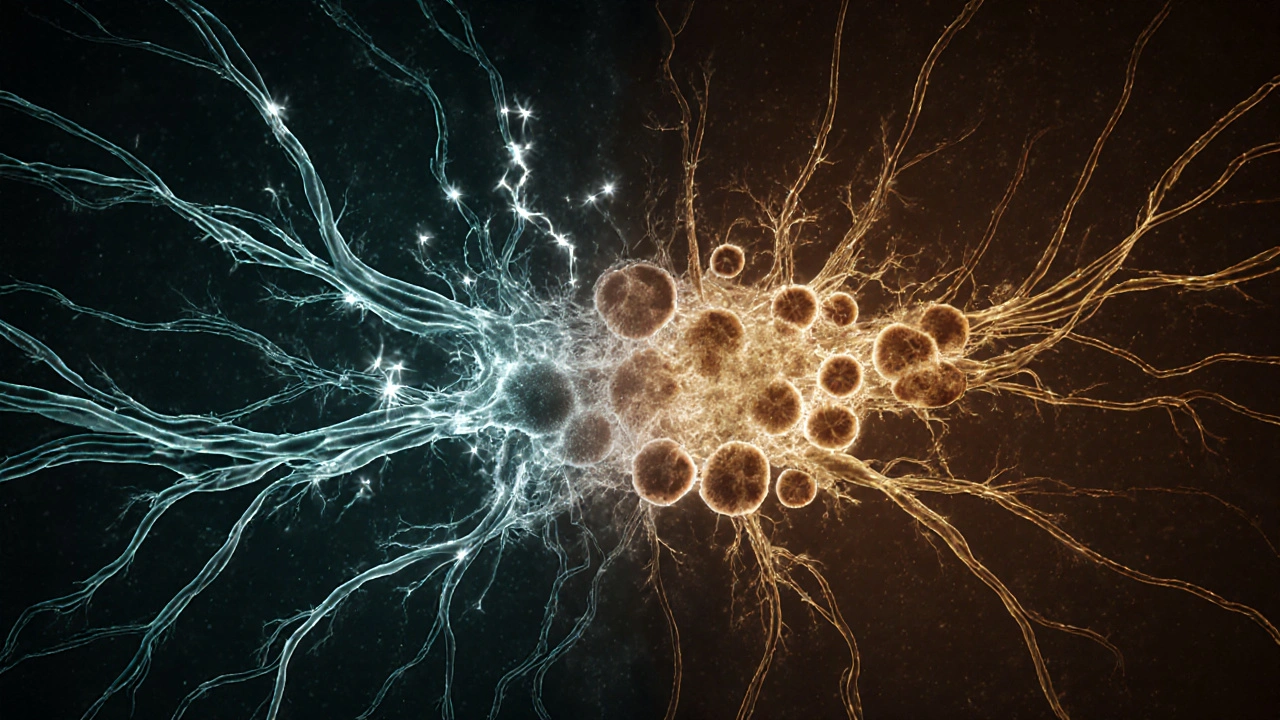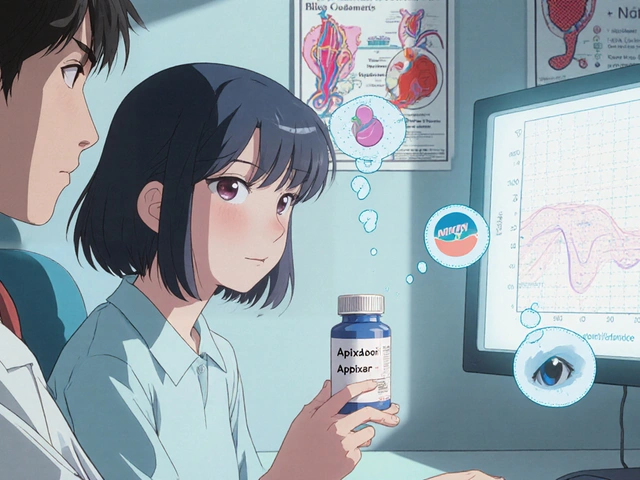Neuropathic Pain: What It Is, Why It Hurts, and How to Find Relief
Ever felt a burning, tingling, or electric‑shock sensation that just won’t quit? That’s neuropathic pain – the type of ache that comes from damaged nerves instead of inflamed joints or muscles. It can show up after a shingles outbreak, diabetes, or an injury, and it often feels worse at night. If you’re reading this, you probably want to know what’s going on and how to stop the misery.
Common Triggers and How to Spot Them
Neuropathic pain isn’t a one‑size‑fits‑all problem. The most frequent culprits include diabetes (diabetic neuropathy), shingles (post‑herpetic neuralgia), spinal cord injuries, and chemotherapy. Look for symptoms like:
- Sharp, shooting pains that follow a nerve pathway
- Persistent burning or “pins‑and‑needles” feelings
- Increased sensitivity to touch (even a light breeze can hurt)
- Weakness or loss of coordination in the affected area
If you notice any of these, especially after a known nerve injury, it’s worth getting a professional opinion.
First‑Line Treatments That Really Help
Doctors usually start with medications that target nerve signals. Antidepressants like duloxetine or tricyclics (e.g., amitriptyline) can calm the nerves, while anticonvulsants such as gabapentin or pregabalin reduce abnormal firing. Topical creams with lidocaine or capsaicin are handy for localized pain. Physical therapy, gentle exercise, and good sleep hygiene also make a big difference – they keep muscles strong and prevent the pain from getting worse.
When standard drugs don’t cut it, specialists might suggest stronger options like opioids (used sparingly) or newer agents such as nerve growth factor inhibitors. Spinal cord stimulation or nerve blocks are invasive but can provide lasting relief for stubborn cases.
Beyond meds, lifestyle tweaks matter. Reducing alcohol, quitting smoking, and controlling blood sugar are key for diabetic neuropathy. A diet rich in omega‑3 fatty acids, B‑vitamins, and antioxidants supports nerve health, while regular low‑impact activities like walking or swimming keep circulation flowing.
On this tag page you’ll find articles that dive deeper into specific treatments, diet tips, and even how certain supplements might ease nerve pain. From reviewing the latest antidepressant options to comparing topical creams, each post is aimed at giving you clear, actionable info.
Remember, neuropathic pain can be stubborn, but it’s not unbeatable. By understanding the cause, staying on top of medication, and making smart lifestyle choices, you can reclaim comfort and get back to the things you love.
Phantom Limb Pain: How Mirror Therapy and Medications Help Manage the Pain
By Lindsey Smith On 12 Nov, 2025 Comments (8)

Phantom limb pain affects 60-85% of amputees and is caused by brain rewiring, not psychology. Mirror therapy and medications like gabapentin and amitriptyline are proven ways to manage it - especially when used together.
View MoreHow Postherpetic Neuralgia Links to Chronic Fatigue Syndrome
By Lindsey Smith On 26 Sep, 2025 Comments (15)

Explore the biological overlap between postherpetic neuralgia and chronic fatigue syndrome, covering shared mechanisms, symptoms, and treatment strategies in a clear, evidence‑based guide.
View More




